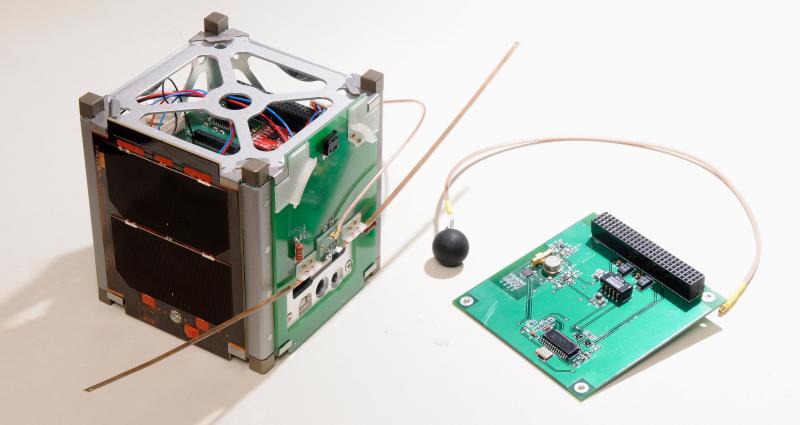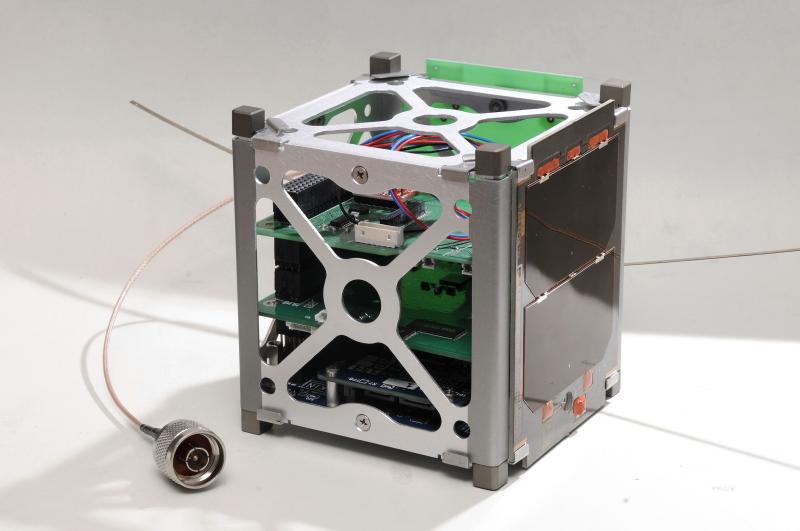
The Satellite of the University of Chile for Aerospace Investigation (SUCHAI) is the first chilean CubeSat developed by undergraduate students, engineers and professors of the Electrical Engineering, Physics and Mechanical Engineering Departments of the Faculty of Physical and Mathematical Sciences (FCFM) at University of Chile. The main goal is to learn the whole process of designing, building/integrating, launching and operating a picosatellite.
The 1U Cubesat has educational and scientific purposes. The spacecraft consists of three main subsystems:
SUCHAI mission considers the following payloads:


(Para Castellano ver más abajo)
CW beacon telemetry consists in four different frames with information of main subsystems.
We will very pleased if you want to help us with a report. The way to submit a report is the following.
1.- If you recorded the audio file (for beacon or telemetry)
Submit an email to spel@ing.uchile.cl or spel.uchile@gmail.com (If the file is too large) with the file using the following subject format
<Date> - <Time (UTC)> - <Callsign or Name>
Example
2017/06/23 - 11:58:26 - CA3SBE
In the body you can add optional information like your location (Country, City or Latitude and Longitude) and the equipment that you are using to receive the signal.
2.- If you decoded the beacon
Please, upload the report in the following form
In this document you will find a guide to decode the fields in the beacon
The preliminary TLE file can be found in the following link. We will update this file as soon as the launcher provide us with new information
La baliza en CW consiste en cuatro diferentes paquetes con información de los subsistemas principales
Estaremos muy contentos si nos quieres ayudar con un repote de una escucha. La forma para enviar el reporte es la siguiente
1.- Si grabaste el audio (Para baliza o telemetría)
Enviar un correo electrónico a spel@ing.uchile.cl o spel.uchile@gmail.com (Si el archivo es de tamaño muy grande) con el archivo usando el siguiente formato para el asunto
<Fecha> - <Hora (UTC)> - <Callsign o Nombre>
Ejemplo
2017/06/23 - 11:58:26 - CA3SBE
En el cuerpo puedes agregar información adicional opcional como tu ubicación (País, ciudad o latitud y longitud) y el equipo usado para recibir la señal.
2.- Si decodificaste la baliza
Por favor, sube el reporte en el siguiente formulario
En este documento encontrarás una guía para decodificar los campos en la baliza
El archivo TLE preliminar está en el siguiente enlace. Iremos actualizando este archivo a medida que tengamos más información del lanzador.